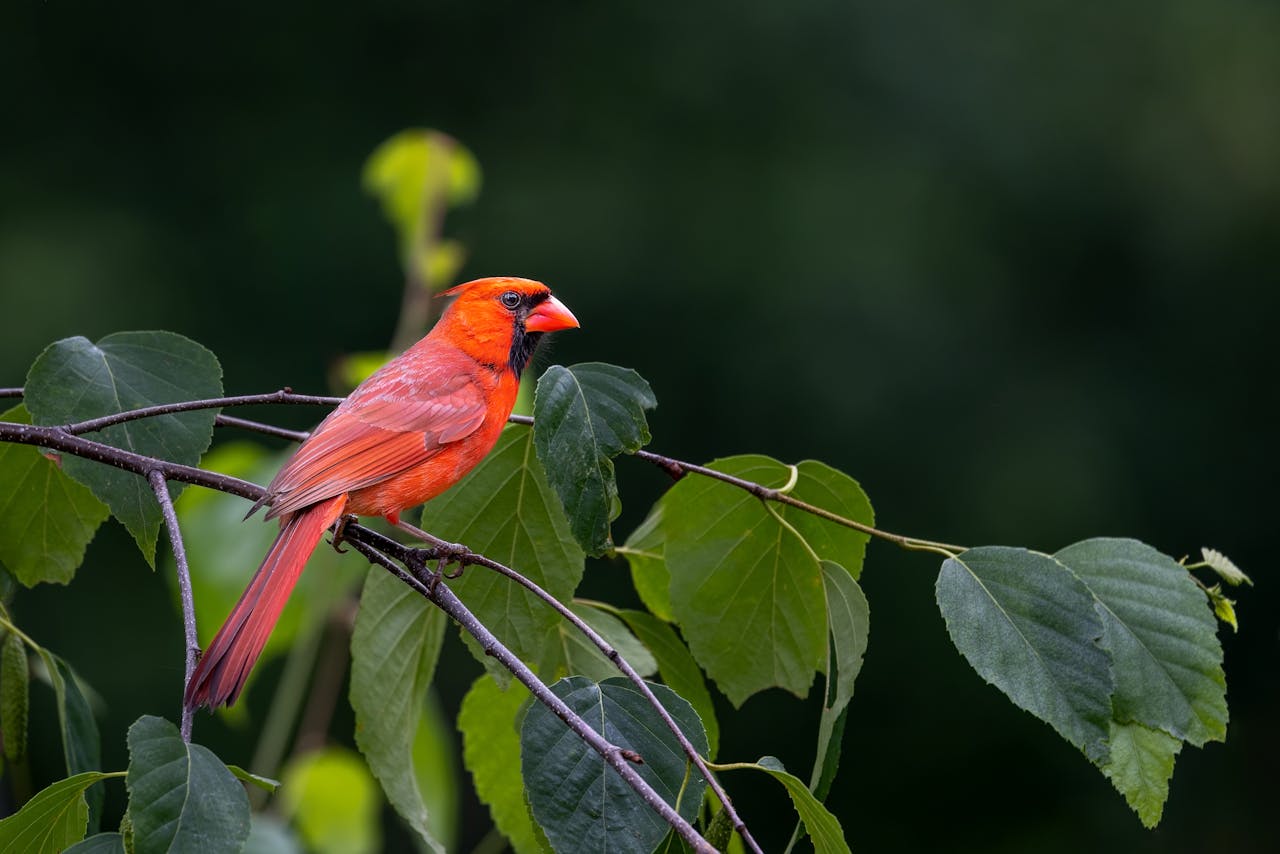Birdwatching Basics: How to Identify and Attract Birds in Your Area
Birdwatching, or birding, is a delightful and educational hobby that connects you with nature and allows you to observe the beauty and behavior of birds. Whether you're a beginner or an experienced birder, understanding how to identify and attract birds in your area can enhance your experience. This guide provides essential tips and techniques to get you started.


Identifying Birds
1. Get the Right Tools:
- Binoculars: A good pair of binoculars is essential for birdwatching. Look for ones with a magnification of 8x or 10x for clear and detailed views.
- Field Guide: Invest in a comprehensive field guide specific to your region. Popular options include the "National Geographic Field Guide to the Birds of North America" or the "Sibley Guide to Birds."
- Birding Apps: Apps like Merlin Bird ID, Audubon Bird Guide, and eBird can help you identify birds, track sightings, and learn more about local species.
2. Learn Key Identification Features:
- Size and Shape: Note the bird's size relative to common birds like sparrows or crows, and observe its overall shape and proportions.
- Color and Markings: Pay attention to the bird's colors, patterns, and distinctive markings on its head, wings, and tail.
- Behavior: Observe how the bird moves, feeds, and interacts with its environment. Different species have unique behaviors that can aid identification.
- Habitat: Consider where you are seeing the bird. Different species prefer different habitats, such as forests, wetlands, or urban areas.
- Songs and Calls: Learning to recognize bird songs and calls can be a game-changer. Use apps or recordings to familiarize yourself with common sounds.
3. Practice Patience and Observation:
- Stay Quiet and Still: Birds are sensitive to movement and noise. Approach slowly and minimize sudden movements to avoid scaring them away.
- Use a Notebook: Keep a notebook or a digital log of your observations, including date, time, location, and any notable features or behaviors.
Attracting Birds to Your Area
1. Provide Food:
- Bird Feeders: Different feeders attract different birds. Tube feeders are great for finches and chickadees, while platform feeders can attract a variety of species. Use a mix of seeds such as black oil sunflower seeds, suet, and nyjer seeds.
- Natural Food Sources: Plant native trees, shrubs, and flowers that produce berries, seeds, and nectar to provide natural food sources year-round.
2. Offer Water:
- Bird Baths: A shallow bird bath with fresh water can attract birds for drinking and bathing. Keep the water clean and change it regularly to prevent stagnation.
- Drippers and Fountains: Adding a dripper or fountain to your bird bath can create movement and sound that attracts birds.
3. Create Shelter:
- Trees and Shrubs: Planting dense trees and shrubs provides birds with places to nest, roost, and take cover from predators.
- Birdhouses: Install birdhouses to provide nesting sites for cavity-nesting birds like bluebirds, chickadees, and wrens. Ensure they are placed in suitable locations and maintained properly.
4. Maintain a Bird-Friendly Yard:
- Reduce Pesticides: Avoid using pesticides and herbicides in your garden, as they can harm birds and reduce their food sources.
- Leave Leaf Litter: Allow some leaf litter to accumulate under trees and shrubs, providing habitat for insects and other organisms that birds feed on.
- Dead Trees and Snags: If safe, leave dead trees and snags standing, as they offer nesting sites and food for many bird species.
Birdwatching Tips and Etiquette
1. Respect Wildlife and Their Habitats:
- Keep Distance: Observe birds from a distance to avoid disturbing them, especially during nesting season.
- Stay on Trails: When birdwatching in natural areas, stick to designated trails to minimize your impact on the habitat.
2. Join Birdwatching Groups:
- Local Clubs: Joining a local birdwatching club or society can provide opportunities for group outings, shared knowledge, and camaraderie.
- Online Communities: Participate in online forums and social media groups dedicated to birdwatching to share sightings, ask for identification help, and learn from others.
3. Continue Learning:
- Workshops and Courses: Attend workshops, lectures, or online courses to deepen your knowledge of bird identification, behavior, and conservation.
- Volunteer: Get involved with local conservation projects or bird monitoring programs to contribute to the protection of bird habitats and populations.


Birdwatching is a rewarding hobby that offers a deeper connection with nature and a greater appreciation for the diversity of bird species. By equipping yourself with the right tools, learning to identify key features, and creating a bird-friendly environment, you can enjoy the beauty of birds in your area. Remember to respect wildlife and habitats, engage with the birdwatching community, and continue learning to enhance your birdwatching experience.












